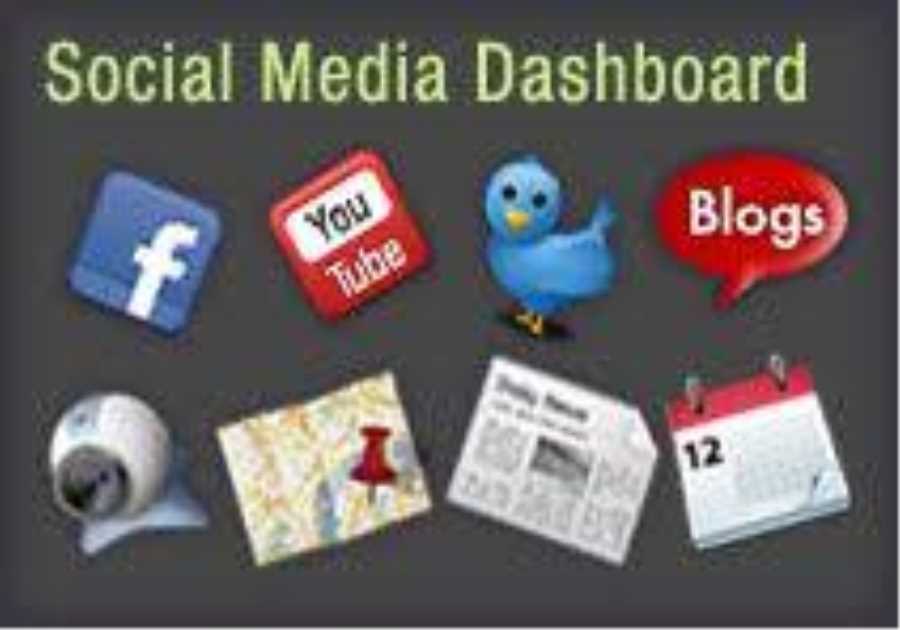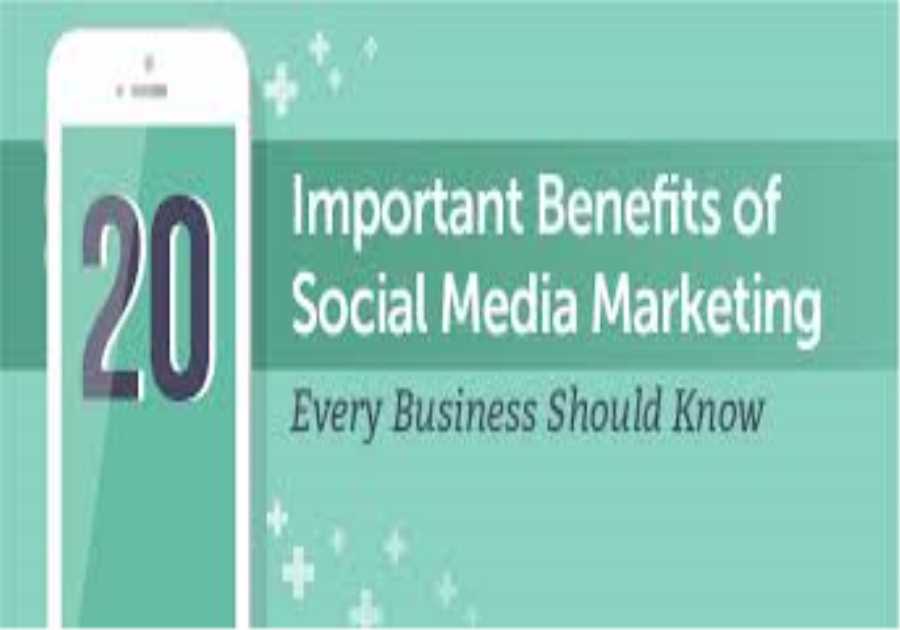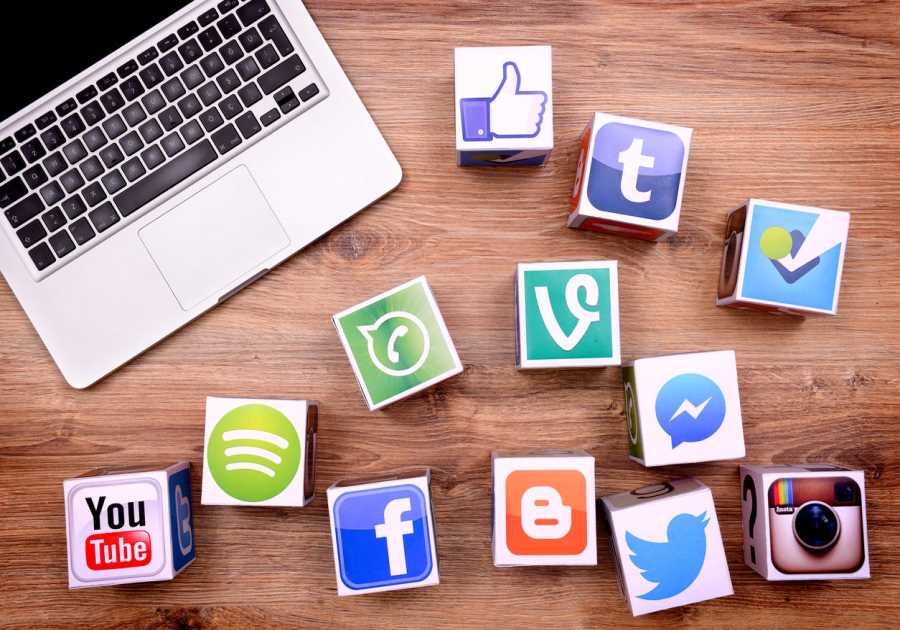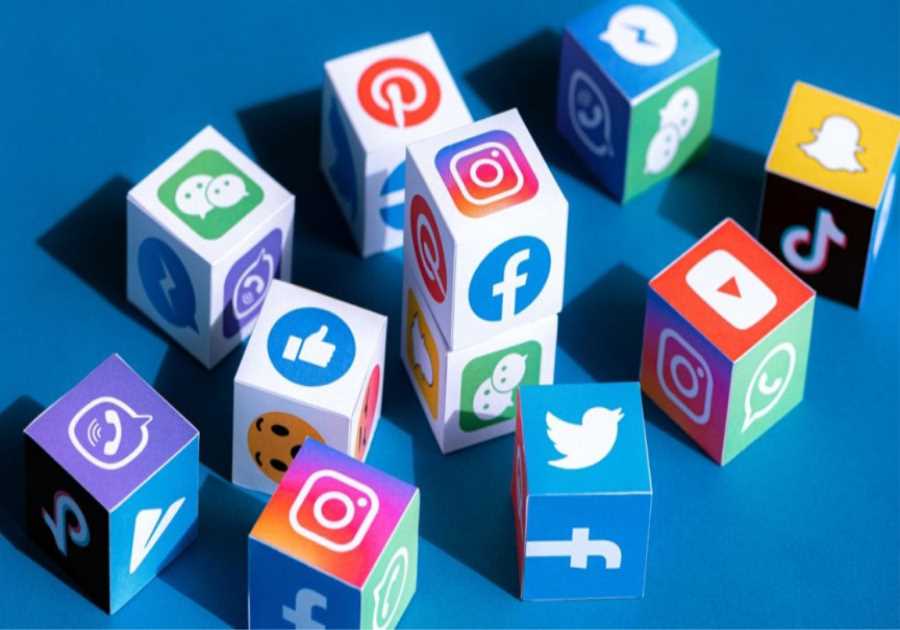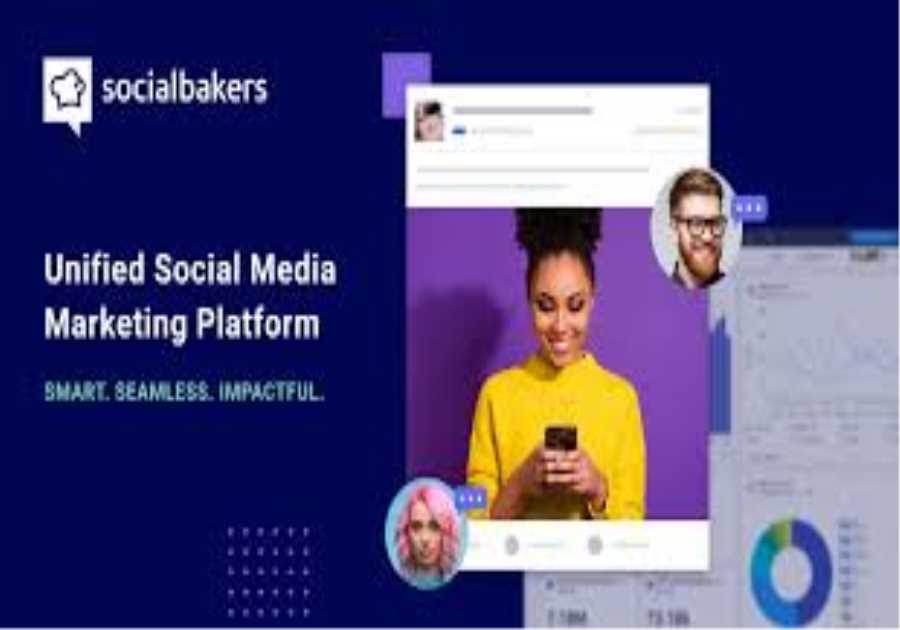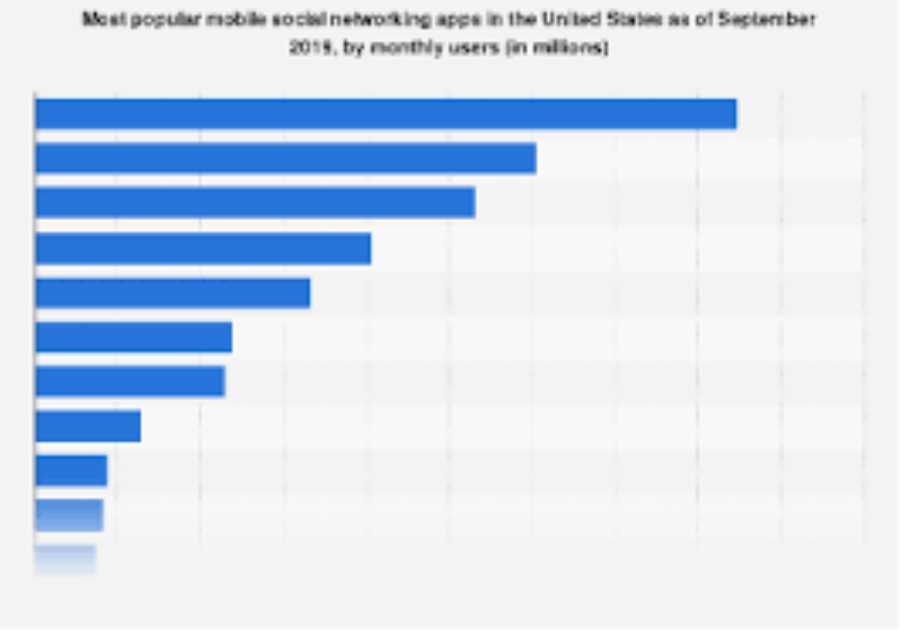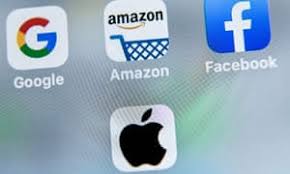
Communicating online is nothing new. In fact, businesses have been functioning through digital communication channels as early as the 1960s. However, the launch of the internet in 1983 unraveled new ways of communication. We’ve evolved from emails, instant messaging, and blogs to today’s modern social media.
The onset of the global COVID-19 pandemic only advanced our shift to online communications. Now, remote work and virtual communications seem the norm. Everyday meetings are done over video conference calls, and title events are taking place through virtual platforms. Online events are no longer just webinars but expos, seminars, concerts, and more.
The Creator Economy’s Social Influence
This shift towards online communications has been beneficial not only for business owners but also for content creators and marketers. With the increasing demand for useful and entertaining content, communities emerged and grew, looking towards one another for answers, pass-times, and connection.
To keep up with the demand for content, creators and marketers both know it’s important to have a toolkit with everything you need to keep your brand running smoothly. For many, this tool kit includes editing tools, distribution channels, emails, and newsletters. For others, it may consist of events – both micro and mini – that bring brands together with their customers.
The Learning Curve of Virtual Events
Virtual events have become a necessity for everyone. However, the learning curve of how to evolve IRL events with virtual events was not easy for everyone. According to the Event Manager, 72% of live events were unsuccessful when pivoting to virtual format and maintaining profits.
This surprisingly large percentage is likely due to the disconnect when moving to a virtual event. Things that work in IRL events don’t often translate flawlessly online. One of the biggest challenges for marketers is maintaining user engagement from the promotion stage to the well after the event.
Immersive Events are the Future
Thankfully, there are several options available online that allow content creators, marketers, organizations, and more to connect, educate and promote all in one place. The best part is that there are options to blend virtual and real-life events, whether your event is large or small.
Companies like Airmeeet, who enabled more than 120,000+ event organizers to stream 150 million minutes of video to audiences around the globe in 2021, help companies worldwide to create opportunities between virtual, IRL, and hybrid events. Their technology features the only AI-driven smart speed networking technology available in the immersive event space and offer a 360-degree engagement profile. It’s a great fit for marketers and others who want to remain hyper-focused on boosting their engagement at each step of their funnels.
Other companies, such as Living Popups, focus on helping brands integrate AR/VR for live events. Adding AR/VR into your event enhances the event’s immersive experience while also giving a creative option to those who want to experience the event from the comfort of their homes.
Most importantly, virtual and hybrid events break down geographical barriers. Brands and content creators can reach a wider audience by creating immersive events that allow them to interact with their audience directly from anywhere in the world.
Whether you are looking to enhance your existing online event, shift a live event to virtual or hybrid, or build a new way to grow your audience, having a platform or application that helps you manage your event in one place is an important tool to have in your toolkit. In 2022 and beyond, we’ll see more options emerge with creative customizations to improve our new virtual/hybrid reality.
The post How the Creator and Social Economy has Changed the Virtual Event Landscape appeared first on Social Media Explorer.
Did you miss our previous article...
https://socialmediaamplification.com/social-media-analysis/simplifying-the-customer-experience

